Phonics Teaching Resources
Make teaching phonics easy with printable phonics worksheets, activities, games and more designed for elementary ELA and ELAR teachers.
This collection of curriculum-aligned teaching resources has been carefully reviewed by our expert teaching team to make sure every resource is classroom-ready — so we can make your lesson planning easier!
New to teaching phonics, or just looking for new ways to engage your students? Read on for a primer from our teacher team!
What Is Phonics?
You've likely heard the word "phonics" thousands of times throughout your own education and maybe on one of those old as from the '90s. But what is phonics, exactly?
Phonics is technically defined as the systematic instruction of the relationships between letters and sounds in written language. But that's a mouthful, isn't it? More simply, phonics is the word we use to refer to the method of teaching reading by focusing on the relationship between written letters and the sounds they represent.
In phonics, kids learn how to decode written words by recognizing the sound-symbol correspondence.
Phonics vs. Phonemic Awareness
When we start talking about letters and their sounds, we start to wander into phonemic awareness territory. So what's the difference?
The words phonics and phonemic are similar, and the two concepts are — surprise, surprise — related. But there are key differences.
Phonemic awareness is essentially the ability to identify and manipulate individual sounds — aka phonemes — in spoken language. It's those individual sounds and their correspondence to the letter symbols that can be used by kids to then decode written words.
So students learn to recognize the individual sounds of spoken language (phonemes) and how these sounds can be represented by letters (graphemes) in written language. Then they apply this knowledge to decode written words by understanding the sound-symbol correspondence.
Consider this example:
- Let's say your student can identify the separate sounds in a spoken word such as "cat" (i.e., /k/ /a/ /t/). That's phonemic awareness.
- Now let's say you're teaching that same student that the letter "c" represents the /k/ sound and that the letter "a" represents the /a/ sound, and that these sounds combine to form the word "cat." That's phonics!
How to Teach Phonics
OK, you probably already know that phonics is all about teaching word recognition via grapheme-phoneme associations and letter-sound correspondences.
It’s a means of teaching early readers the pieces that make up a word so they can blend them together to decode the English language as readers and writers.
But how do you teach it?
In the earliest stages, phonics instruction typically begins with teaching students the most common letter-sound relationships. You start with consonants, then move on to vowels, then consonant blends.
Students then learn to sound out words by decoding the letters and blending the sounds together to form words.

Phonics Vocabulary Terms
The English language system is one of the hardest to teach and learn, so how do you teach phonics? Let’s start with the phonics vocabulary.
- For starters, there are 26 letters that create approximately 44 phonemes, the word for the individual speech sounds that make up words. Put together, phonemes make words. OK, easy enough, right?
- Well, these phonemes can be written in over more than 200 different letter combinations, known as graphemes. Graphemes can be made up of 1 letter (such as “p” in “pig”), 2 letters (such as “gh” in ghost), 3 letters (such as “igh” in night), or 4 letters (such as “ough” in rough).
- Then there are digraphs or two letters that work together to make one sound — such as “ph” in graph. But wait, isn’t that a grapheme? Yup, a digraph is a type of grapheme.
- So is a trigraph, trigraphs, aka three letters that work together to make one sound, such as “dge” in edge.
- And if you’re teaching phonics, you can’t forget dipthongs, the name for a sound that is formed by the combination of two vowels in a single syllable, such as “ou” in loud.
Most students will spend kindergarten, first, and even second grade getting a handle on all phonics elements!
- Plus Plan
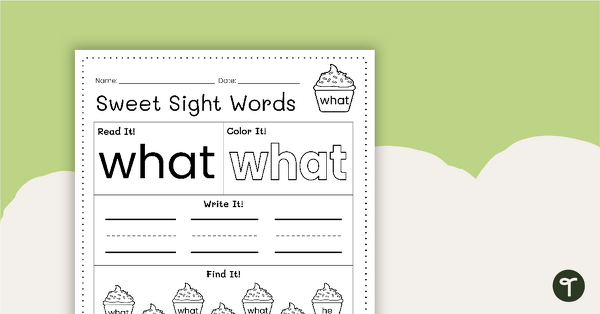
Sweet Sight Words Worksheet - What
Practice reading, writing, and identifying the high-frequency word “what” from the Kindergarten-level Dolch sight words list.
- Plus Plan
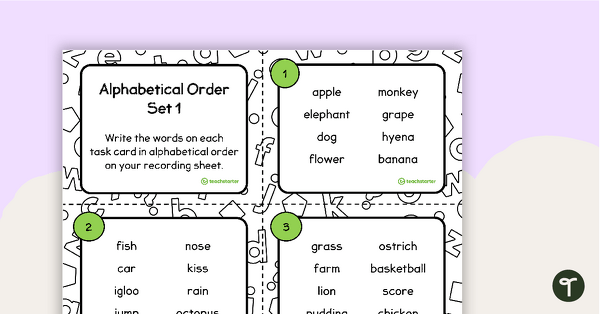
Alphabetical Order Task Cards - Set 1
A set of 11 task cards alphabetizing a series of words to the first letter.
- Plus Plan
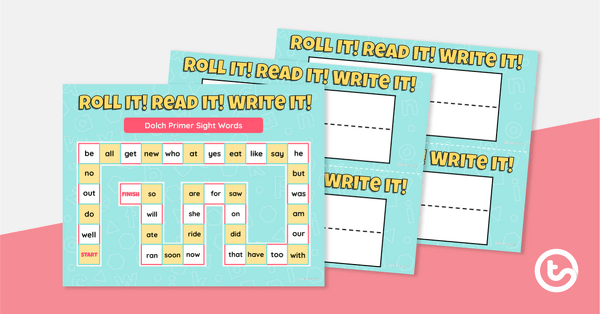
Roll It! Read It! Write It! - Dolch Primer Sight Words
Practice reading and writing high-frequency Dolch Primer sight words with this board game for up to 6 players.
- Plus Plan
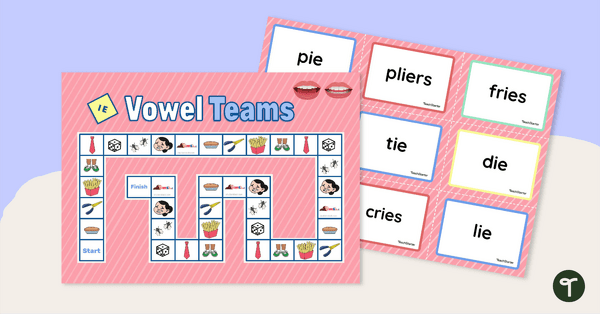
IE Vowel Team Board Game
Practice decoding words with the ie vowel team in this board game.
- Plus Plan
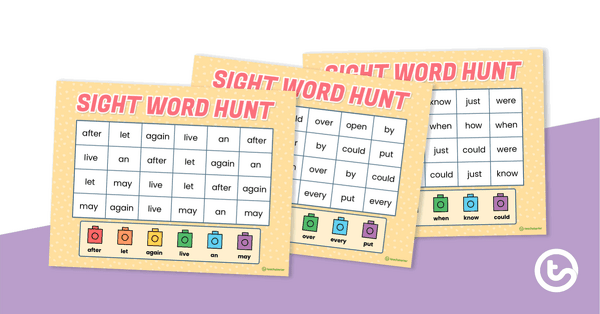
Sight Word Hunt - Dolch First Grade
Practice reading first grade high frequency words by sight with a set of 7 Dolch Sight Words game boards.
- Plus Plan
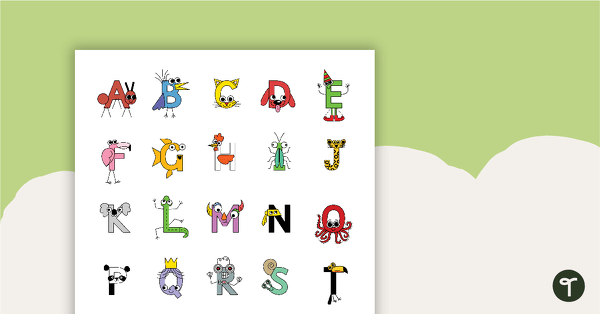
Alphabet Craft Display Posters
Letter craft posters for each letter of the alphabet.
- Plus Plan
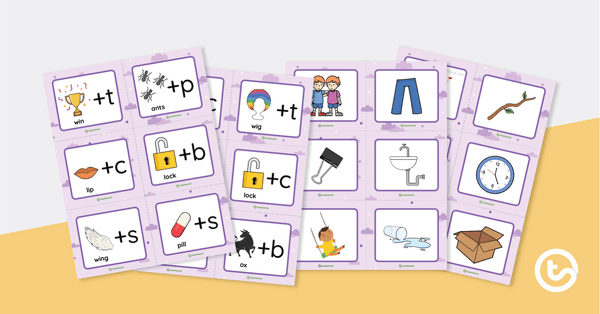
Phoneme Addition Match-Up Activity
Create new words by adding initial phonemes through 32 match-up cards.
- Plus Plan
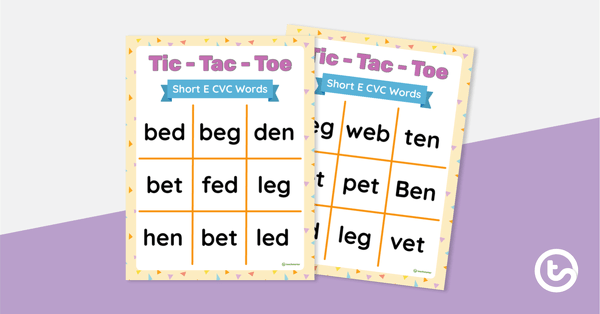
Tic-Tac-Toe Game: Short E CVC Words
Practice reading short /e/ CVC words with this set of 6 tic-tac-toe games.
- Plus Plan
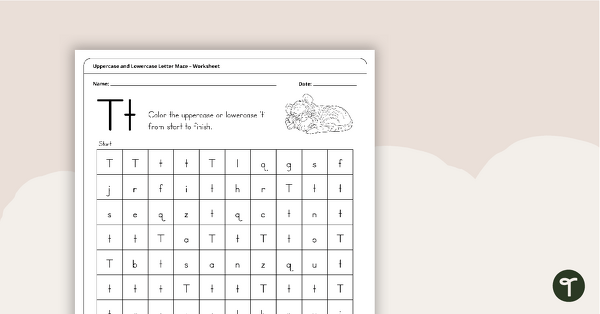
Uppercase and Lowercase Letter Maze - 'Tt'
A fun maze to use when learning how to identify uppercase and lowercase letters.
- Plus Plan
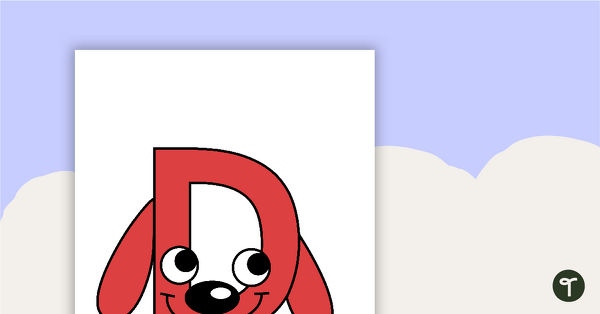
Letter Craft Activity - 'D' is For Dog
An activity to assist young students with letter recognition, phonological awareness, and fine motor development.
- Plus Plan
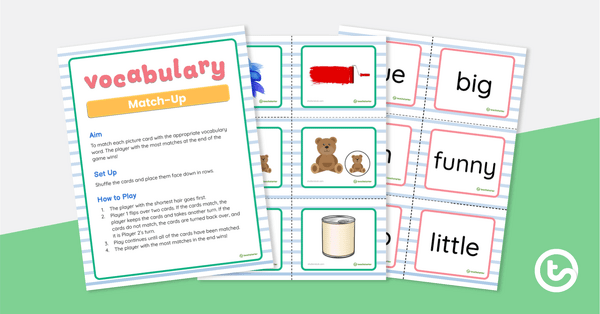
Vocabulary Match-Up
Print an engaging picture-word memory game that gets students actively reading while matching images to their words.
- Plus Plan
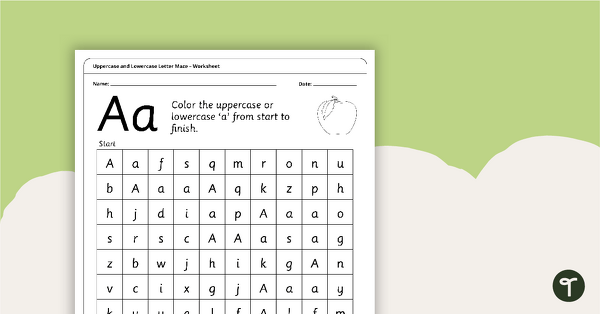
Uppercase and Lowercase Letter Maze - 'Aa'
A fun maze to use when learning to identify uppercase and lowercase letters.
- Plus Plan
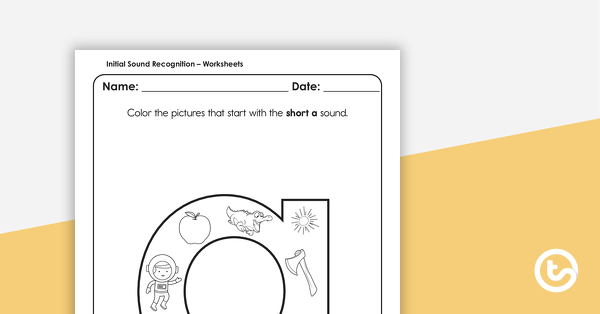
Initial Sound Recognition Worksheets (lowercase letters) – Complete Set a–z
A set of coloring activities to develop letter recognition and phonemic awareness.
- Plus Plan
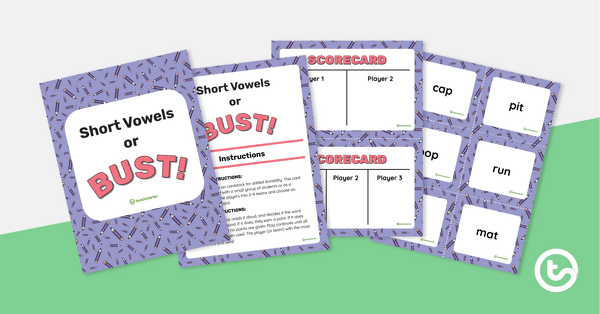
Short Vowels or BUST! Card Game
This phonological awareness activity awards points for correctly identifying the words with short vowel sounds.
- Plus Plan
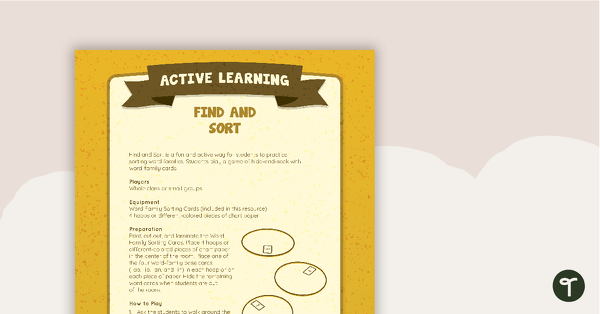
Find and Sort Active Game
An active game that allows students to practice sorting word families.
- Free Plan
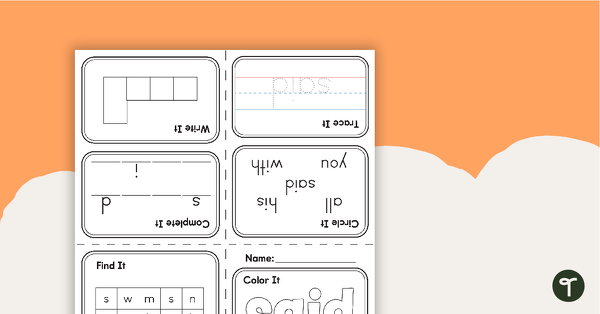
My Little Sight Word Book - Said
A little book of activities for the sight word ‘said’.
- Plus Plan
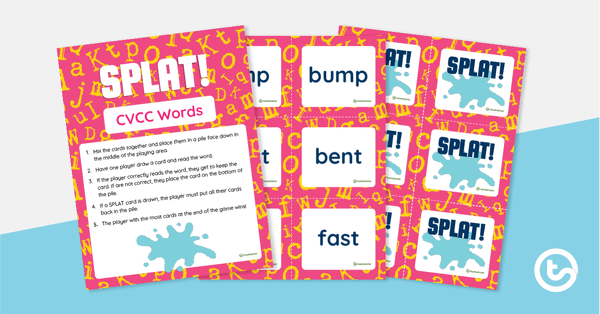
SPLAT! CVCC Word Game
A set of 36 task cards to practice decoding and reading CVCC words.
- Plus Plan
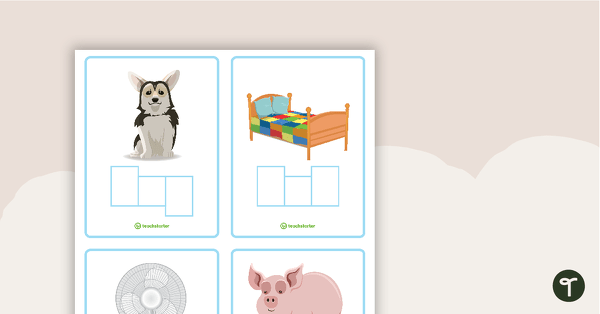
CVC Letter Boxes Task Cards
A set of 24 CVC letter boxes task cards.
- Free Plan
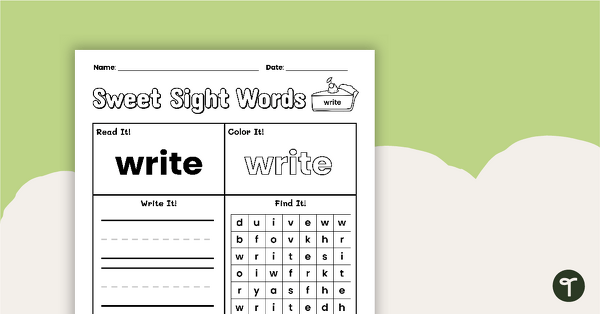
Sweet Sight Words Worksheet - WRITE
Practice reading, writing, and identifying the high-frequency word “write” from the Second Grade Dolch sight words list.
- Plus Plan
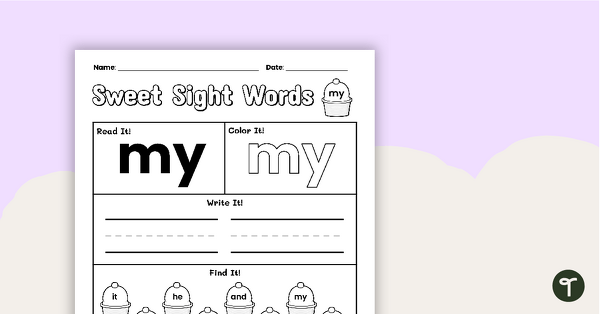
Sweet Sight Words Worksheet - MY
Practice reading, writing, and identifying the high-frequency word “my” from the Pre-Primer Dolch sight words list.
- Plus Plan
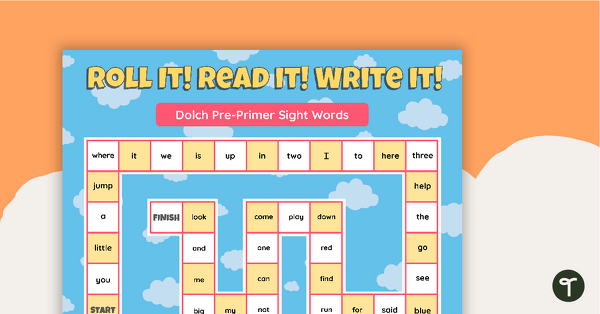
Roll it! Read it! Write it! Dolch Pre-Primer Sight Words
Practice reading and writing Dolch’s pre-primer high-frequency words with this board game for multiple players.
- Plus Plan
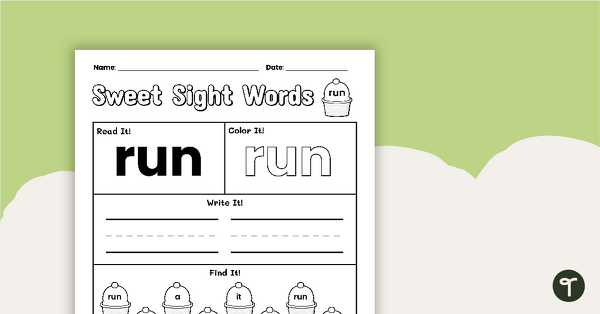
Sweet Sight Words Worksheet - RUN
Practice reading, writing, and identifying the high-frequency word “run” from the Pre-Primer Dolch sight words list.
- Plus Plan
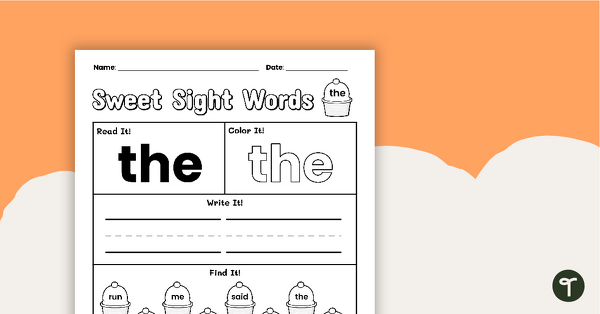
Sweet Sight Words Worksheet - THE
Practice reading, writing, and identifying the high-frequency word “the” from the Pre-Primer Dolch sight words list.
- Plus Plan
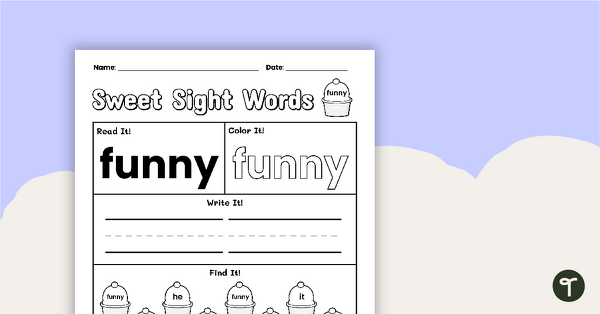
Sweet Sight Words Worksheet - FUNNY
Practice reading, writing, and identifying the high-frequency word “funny” from the Pre-Primer Dolch sight words list.
- Plus Plan
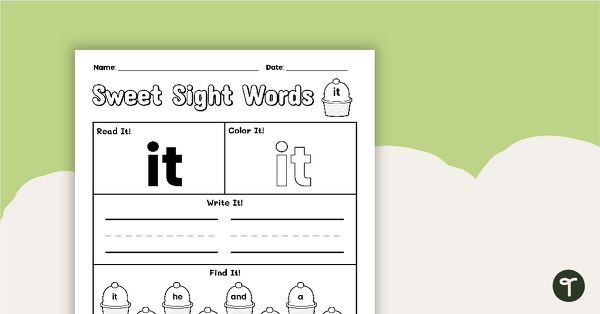
Sweet Sight Words Worksheet - IT
Practice reading, writing, and identifying the high-frequency word “it” from the Pre-Primer Dolch sight words list.
- Plus Plan
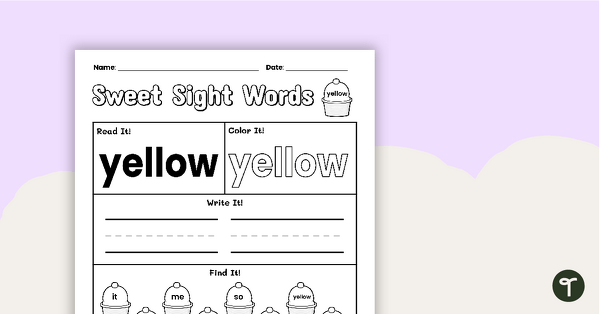
Sweet Sight Words Worksheet - YELLOW
Practice reading, writing, and identifying the high-frequency word “yellow” from the Pre-Primer Dolch sight words list.
- Plus Plan
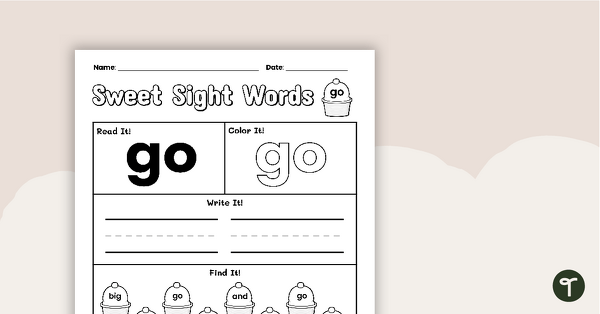
Sweet Sight Words Worksheet - GO
Practice reading, writing, and identifying the high-frequency word “go” from the Pre-Primer Dolch sight words list.
- Plus Plan
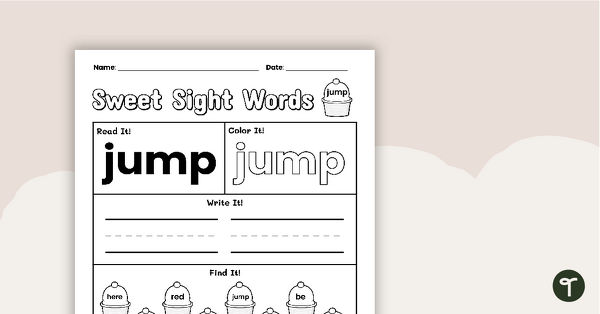
Sweet Sight Words Worksheet - JUMP
Practice reading, writing, and identifying the high-frequency word “jump” from the Pre-Primer Dolch sight words list.
- Plus Plan
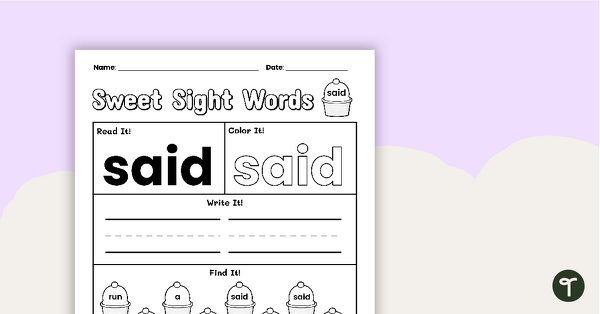
Sweet Sight Words Worksheet - SAID
Practice reading, writing, and identifying the high-frequency word “said” from the Pre-Primer Dolch sight words list.
- Plus Plan
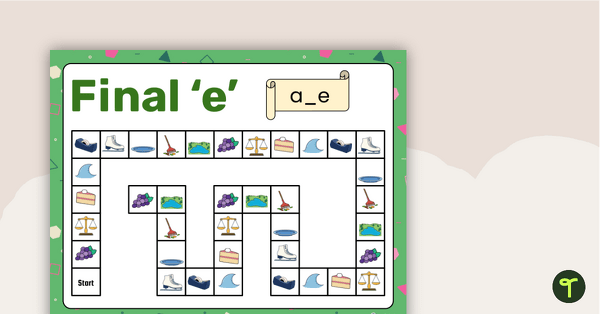
Final e Board Game - A_E
Practice decoding final -e conventions for representing the long 'a' vowel sound with our board game and set of word cards.
- Plus Plan
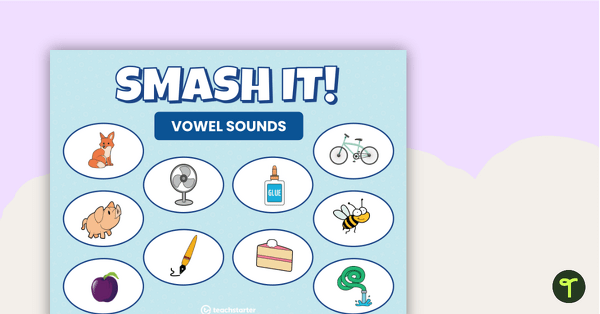
SMASH IT! Vowels Game
Distinguish between long and short vowel sounds with this set of 5 game boards and vowel letter cards.
- Plus Plan
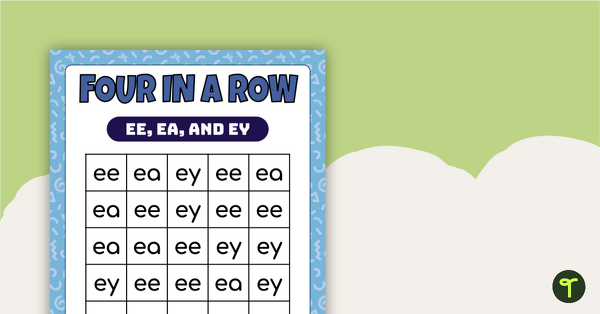
Four In A Row Vowel Teams Game — EE, EA, and EY
Decode words with EE, EA, and EY vowel teams representing the long 'e' vowel sound.